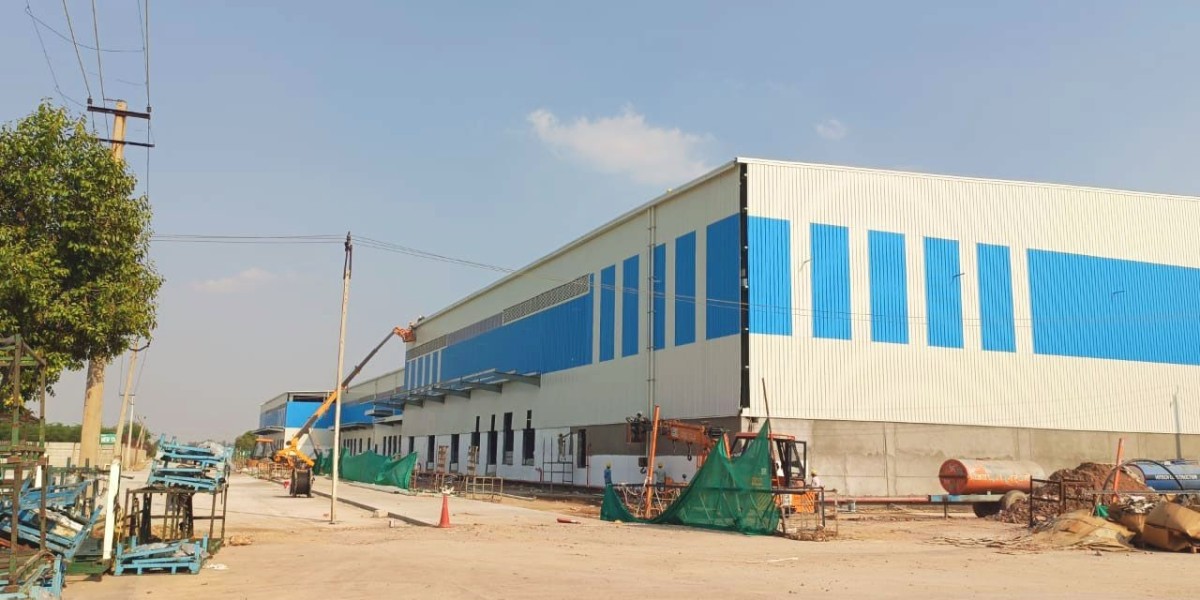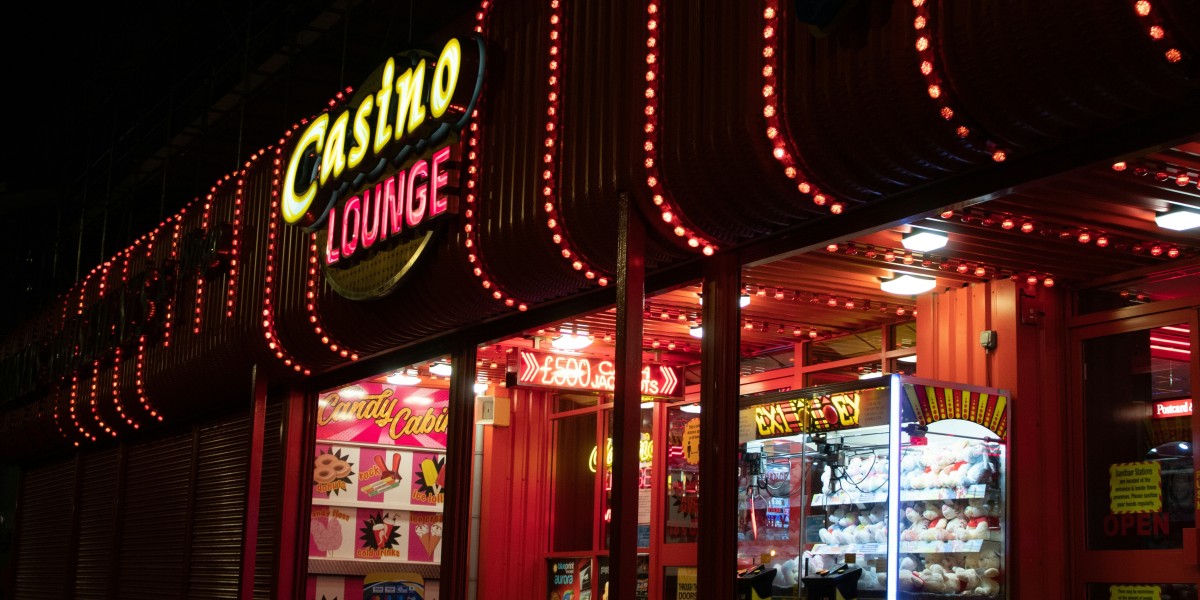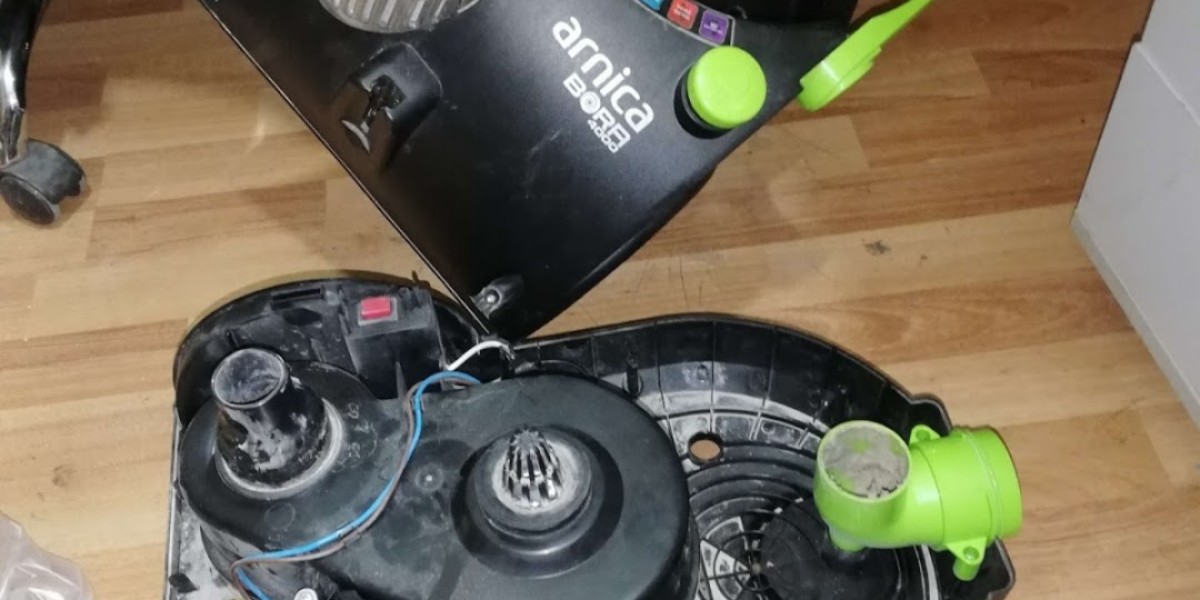Pre-Engineered Buildings (PEBs) have changed the way we think about construction: they are cost-efficient, incorporate speed of construction, and can be used in numerous and varied applications and industries. PEBs are built for the long haul, but just like any building, periodic care and maintenance are very important for them to be structurally sound and useful for decades.
At ecopeb, we feel that correctly pre-engineered buildings (PEBs) have changed how we think about construction: They are cost-efficient, incorporate speed of construction, and can be used in numerous and varied applications and industries. PEBs are built for the long haul, but just like any building, periodic care and maintenance are very important because PEBs can go on forever!
Here are some useful tricks we have learned to help extend your pre-engineered building’s life.
1. Start with Quality
The basis for the longevity of any PEB lies with the design and materials. When dealing with a quality PEB manufacturer like ecopeb, we utilize high-quality steel, rust-resistant coatings, and well-designed and engineered components. If the design is appropriate, the chance of wear and tear, deformation, or early failure is greatly reduced.
2. Make Sure They are Built Correctly
Even your quality building will fail to perform at its best if you do not have the experience to erect it properly. Use knowledgeable tradespeople and always follow the guidelines of your manufacturer. There shouldn’t be any shortcuts with the construction. Good working practices, such as alignment, bolt tightening, and connections, are necessary to provide structural integrity.
3. Schedule Regular Inspections
Making inspections part of a routine will allow issues to be identified before they escalate to a major concern. Perform a visual check for:
- Corrosion or rust on metallic surfaces
- Loose bolts and fasteners
- Leaks or damage to the roof and gutters
- Visible wear in insulation or wall panels
- Perform inspections twice a year or after storms.
4. Keep the Area Clean
Make sure the perimeter of your PEB is tidy and without standing water. Ensure proper drainage systems. All forms of moisture do not go away overnight. Moisture sitting on surfaces not only promotes corrosion but also degradation over time.
5. Use Coatings to Shield from Corrosion
Peel and stick steel structures are at risk of corrosion, particularly in damp or coastal regions; however, applying and re-applying coatings or paint to protect against corrosion can protect/prevent steel from environmental factors.
6. Safeguard the Roofing System
The roof suffers the most from the environment, and we highly recommend clearing your gutters, downspouts, and roof of debris regularly to minimize water from pooling. Also, inspect your roof by checking for damage or missing, or loose fittings to your roof sheets that would create leaks or compromise the integrity of the structure.
7. Plan on Maintenance
You should not wait until there is visible damage to react. Clean and check your roof so it remains in good condition. You should also establish a preventative maintenance plan and schedule that includes
- Painting of all metal surfaces
- Replacing corroded or worn-out bolts, washers, or seals
- Inspect the insulation and ventilation systems.
- Verify that all doors, windows, and joints are operational.
8. Upgrade As Needed
There will be a time frame where your appearances will not be fresh; either the lighting is outdated, the insulation is inadequate, or the wall panels are tiresome. Upgrading these products improves efficiency and enhances not only the structure as a whole but also overall performance.
Conclusion
Improving the longevity of a PEB building is not just about repairs; it involves careful planning, regular maintenance, and a good partner from the outset. At ecopeb, we help clients build robust, sustainable PEBs and guide clients to maintain the life of these buildings, ultimately creating value for the long haul.







